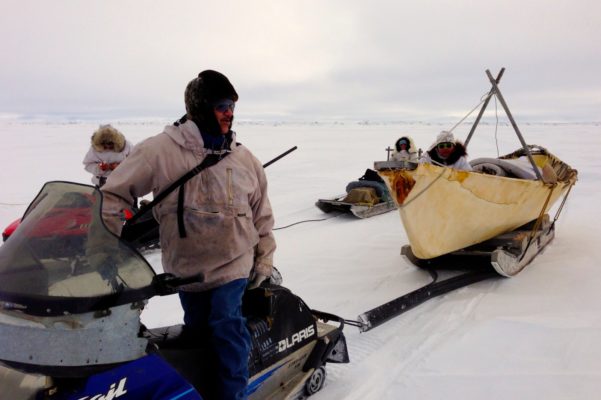Sea ice is a critical part of the unique Arctic ecosystem, but climate change is becoming a serious threat. Warming in the Arctic has already resulted in the loss of over 4 million km² of sea ice. But is it all bad? Retreat of Arctic sea ice is allowing more ships to navigate the Arctic Ocean, along shorter, faster and cheaper sea routes, providing emission reductions of 24%. But will the growth o ...[Read More]
Navigating the polar frontier: exploring the effects of sea-ice decline on shipping and sea routes in the Arctic










